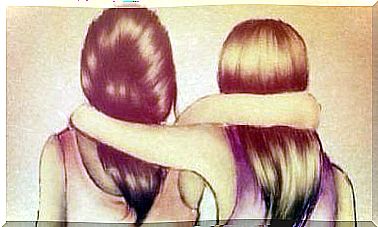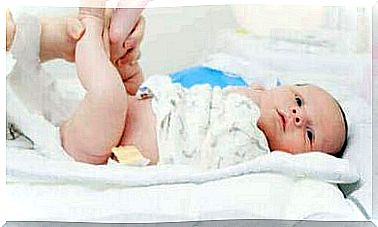Other Patient With HIV Is Cured
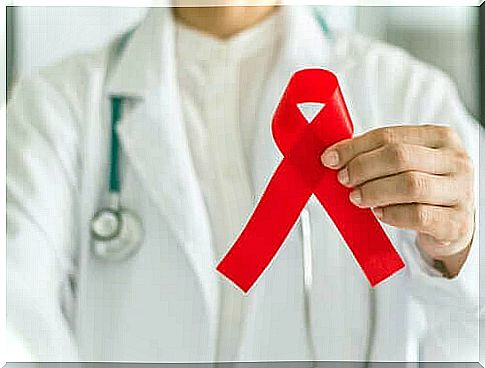
The news that a second patient with HIV has been cured arose for the first time in 2019. However, the doctors did not dare to claim that it was definitive. Now – a year later – the possibility that this cure was completely successful seems more and more likely.
The acronym HIV refers to human immunodeficiency virus. Although people often confuse this term with AIDS, it is not the same. HIV is the virus itself, while AIDS is the last stage of the infection. It stands for Acquired Immune Deficiency Syndrome .
HIV is a virus that attacks certain immune cells and destroys them. These cells are the CD4 T lymphocyte cells. They are fundamental to the proper functioning of the body. This is because they are responsible for stimulating and coordinating many of the cells in your immune system.
There are many people with HIV in the world. In fact , it is estimated that approximately 39 million people are infected with the virus. Because of its importance, in this article we will talk about the other patient with HIV who has been cured and what the treatment was.
The story of how another patient with HIV was cured
The other patient cured of HIV is called the “London patient”. The first case, called the “Berlin patient” was declared cured around the year 2008. However, doctors are careful when it comes to curing the disease.
This is because HIV is a virus that remains chronic in your body. It destroys the CD4 lymphocytes, weakens your immune system and prevents the body from responding to infections.
In addition, the stages of HIV are complicated. If left untreated , it can end up being AIDS, which is the stage of complete immunodeficiency. Until very recently, scientists thought it was impossible to cure this infection.
Patients use antiretroviral therapies to keep the infection under control. In this way, they reduce the risk of spreading the virus and the many copies found in the body. This has allowed HIV patients to have a better life expectancy.
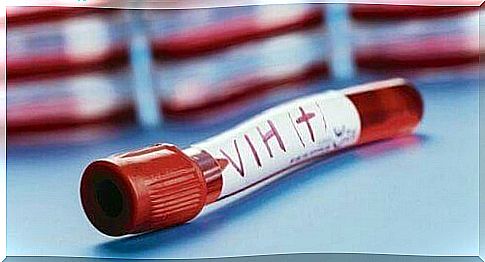
How can a patient with HIV be cured?
Both the first and the second patient cured of HIV underwent a stem cell transplant. For this specific patient, the goal of the transplant was to treat Hodgkin’s lymphoma. This procedure took place in 2016.
A stem cell transplant allows the donor cells to replace the cells of the sick person. However, if it had been a normal transplant, the patient would still have had HIV.
Nevertheless , the researchers decided to choose a specific donor. The donor had two copies of a genetic mutation in his white blood cells. This mutation made the donor resistant to HIV and unable to become infected.
For this reason, as the stem cells began to replace the patient’s cells, they became more and more resistant to HIV. The virus was unable to enter the cells or multiply in the body. It thus ended up disappearing.
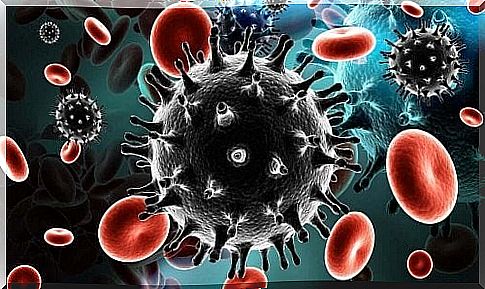
What does this mean for medicine?
After this intervention, another patient cured of HIV has passed 30 months without taking their HIV treatment. In fact, there are no signs of infection in their body. Researchers have therefore begun to confirm the cure.
This fact is a milestone in the history of medicine. HIV is an infection that continues to be one of the biggest health problems on the planet. Although there are more and more treatment methods to prevent it, it is still a major cause of death.
The fact that there is now a second patient cured of HIV allows us to have a much more hopeful view of the future in research and other possible treatments for this infection. It will only be a matter of continuing the research to create more precise ways of tackling this challenge.


